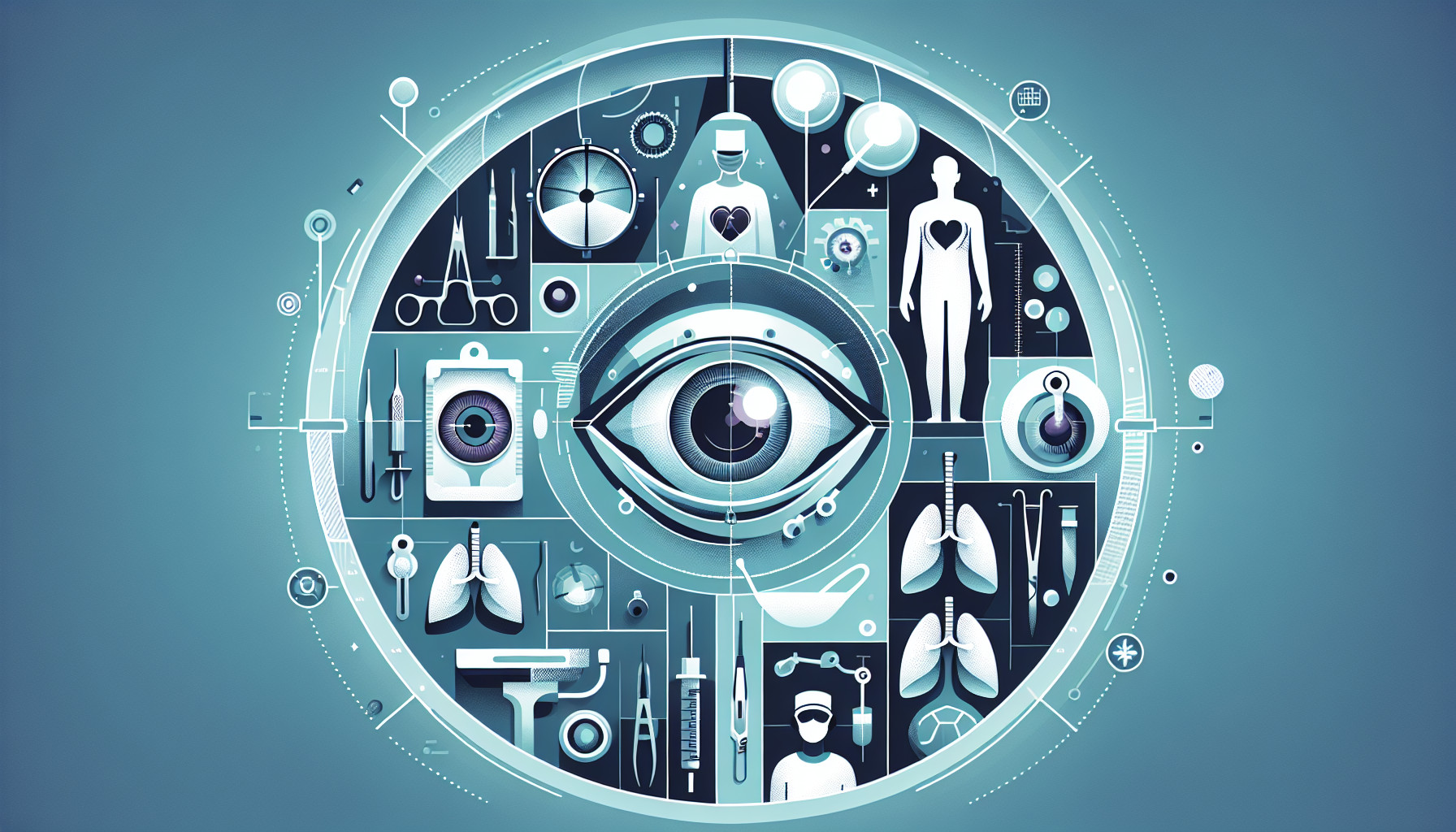Our Summary
This research paper looks at how artificial intelligence (AI), especially a type called large language models (LLMs), can be used in eye care education and practice. The authors looked at different studies, articles, and programs that already use AI in eye care. They found that AI might help to make diagnoses more accurate and improve patient care. AI could also be used to teach patients, doctors, and medical students. However, there are some problems with using AI, such as generating incorrect or biased information, being hard to understand, and using old training data. The researchers also found that AI’s accuracy on eye care exam questions varied, showing that more reliable ways to use AI are needed. They suggest that future work should focus on creating ways to measure AI’s usefulness in a clinical setting, using models that mix AI and human oversight, making better use of images, and comparing AI’s performance to that of eye doctors. They also emphasize the need for strong rules on data privacy, security, and transparency to ensure AI is used safely and ethically in eye care.
FAQs
- How can artificial intelligence (AI) be used in the field of eye care?
- What are the potential problems associated with using AI in eye care?
- What future directions do the researchers suggest for the use of AI in ocular practice and education?
Doctor’s Tip
One helpful tip a doctor might tell a patient about ocular surgery is to follow all pre-operative instructions provided by the surgeon, such as avoiding certain medications or foods before the procedure. It is also important to keep the eye area clean and avoid rubbing or touching the eye after surgery to prevent infection. Additionally, it is crucial to attend all follow-up appointments and communicate any concerns or changes in vision to the doctor promptly.
Suitable For
Patients who are typically recommended ocular surgery include those with:
Cataracts: Cataract surgery is a common procedure for patients with cloudy or blurry vision caused by a cataract.
Glaucoma: Patients with advanced glaucoma may require surgery to lower intraocular pressure and prevent further damage to the optic nerve.
Retinal disorders: Patients with conditions such as macular degeneration, diabetic retinopathy, or retinal detachment may require surgery to restore or preserve vision.
Corneal disorders: Patients with conditions such as keratoconus or corneal dystrophies may benefit from corneal transplant surgery.
Refractive errors: Patients with nearsightedness, farsightedness, or astigmatism may choose to undergo refractive surgery such as LASIK or PRK to reduce their dependence on glasses or contact lenses.
Ocular trauma: Patients who have suffered a traumatic injury to the eye may require surgical intervention to repair damage and restore vision.
Ocular tumors: Patients with benign or malignant tumors in the eye may require surgery to remove the tumor and preserve vision.
Overall, the decision to recommend ocular surgery is based on the specific condition of the patient and their individual needs and goals for vision correction or preservation.
Timeline
Before Ocular Surgery:
- Patient consults with an ophthalmologist to discuss the need for surgery and potential risks and benefits.
- Patient undergoes pre-operative testing, such as eye exams and measurements, to determine the best surgical approach.
- Patient receives instructions on how to prepare for surgery, including fasting and medication guidelines.
- Patient signs consent forms and schedules a date for the surgery.
After Ocular Surgery:
- Patient undergoes the surgical procedure, which may involve laser therapy, implantation of lenses, or other techniques.
- Patient is monitored for any immediate post-operative complications, such as excessive bleeding or infection.
- Patient is given post-operative care instructions, including medication regimen, follow-up appointments, and restrictions on activities.
- Patient experiences recovery, which may involve temporary discomfort, blurred vision, or light sensitivity.
- Patient attends follow-up appointments to assess healing progress and address any concerns or complications.
- Patient gradually resumes normal activities and enjoys improved vision as the eye heals.
What to Ask Your Doctor
- What type of ocular surgery is being recommended for me and why is it necessary?
- What are the potential risks and complications associated with this surgery?
- What is the success rate of this surgery and what is the recovery process like?
- How experienced are you in performing this particular type of surgery?
- Are there any alternative treatment options available for my condition?
- What should I do to prepare for the surgery and what can I expect during the procedure?
- What post-operative care will be required and how long is the recovery period?
- What are the potential long-term effects or complications that I should be aware of?
- Are there any lifestyle changes or precautions I should take after the surgery?
- How frequently will I need follow-up appointments after the surgery?
Reference
Authors: Heinke A, Radgoudarzi N, Huang BB, Baxter SL. Journal: Asia Pac J Ophthalmol (Phila). 2024 Jul-Aug;13(4):100089. doi: 10.1016/j.apjo.2024.100089. Epub 2024 Aug 10. PMID: 39134176
